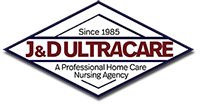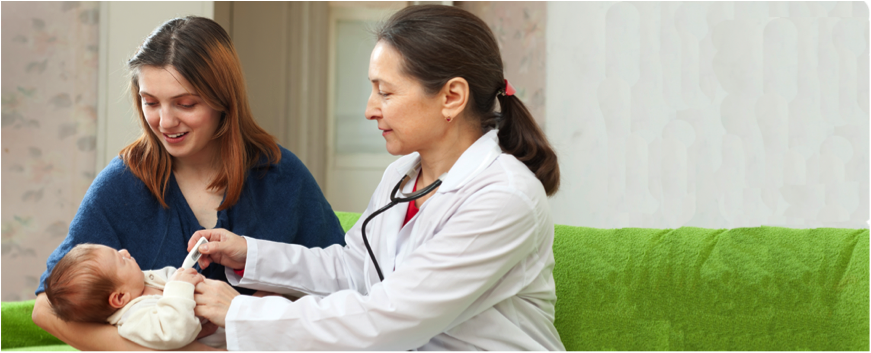• Bring standard-labeled, leak-proof, puncture-resistant sharps containers to clients’ homes. Do not assume such containers will be available there. Promptly dispose of used needle devices and sharps, which might be contaminated, in the containers.
• Plan for the safe handling and disposal of needles before use.
• Store sharps containers out of the reach of children, pets, and others not needing access.
• Secure used sharps containers during transport to prevent spilling.
• Follow standard precautions, infection prevention, and general hygiene practices consistently.
• Participate in your employer’s bloodborne pathogens training program.
• Help your employer select and evaluate devices with safety features.
• Use devices with safety features provided by your employer. • Report any needlestick and other sharps injury immediately to your employer.
If you experience a needlestick or sharps injury or are exposed to the blood or other body fluid of a client during the course of your work, immediately follow these steps:
• Wash needlesticks and cuts with soap and water. • Flush splashes to the nose, mouth, or skin with water.
• Irrigate eyes with clean water, saline, or sterile irrigants.
• Report the incident to your supervisor.
• Immediately seek medical treatment.
This is one in a series of six fast fact cards developed to provide practical advice for home healthcare workers and is based on NIOSH Hazard Review: Occupational Hazards in Home Healthcare, NIOSH Pub No. 2010-125.
TTelephone: 1-800-CDC-INFO TTY: 1-888-232-6348 Email: cdcinfo@cdc.gov I Web: www.cdc.gov/niosh/topics/healthcare DHHS (NIOSH) Publication No. 2012-123 February 2012 SAFER – HEALTHIER – PEOPLES
DEPARTMENT OF HEALTH AND HUMAN SERVICES Centers for Disease Control and Prevention National Institute for Occupational Safety and Health
MCP FAST FACTS
Home Healthcare Workers
How to Prevent Violence on the Job
Home healthcare workers can be vulnerable as they face an unprotected and unpredictable environment each time they enter a client’s community and home. The spectrum of violence ranges from verbal abuse, to stalking or threats of assault, to homicide. Verbal abuse from the client, family members, or people in the community is a form of workplace violence. Verbal abuse may be subtle, such as asking for help beyond the scope of the job (such as with cleaning), or it may be obvious, such as complaining about job performance or worker appearance—or even threatening to cause harm.
EMPLOYERS SHOULD
• Establish a zero-tolerance policy for all incidents of violence.
• Train workers on recognizing and preventing workplace violence.
• Investigate all reports of violence.
• Work with police to identify dangerous neighborhoods where special precautions need to be taken and provide that information to employees.
EMPLOYEES SHOULD
• Participate in violence-prevention training.
• Report to your employer all incidents of violence, no matter how minor.
MANAGING VIOLENT SITUATIONS
• Consider working with an escort in high-crime areas, and if possible, schedule visits during daylight hours.
• Be sure of the location and have accurate directions to the house or apartment.
• Always let your employer know your location and when to expect you to report back.
• When driving alone, have the windows rolled up and doors locked.
• Park the vehicle in a well-lit area, away from large trees or shrubs where a person could hide.
• Keep healthcare equipment, supplies, and personal belongings locked out of sight in the trunk of the vehicle.
• Before getting out of the car, check the surrounding location and activity. If you feel uneasy, do not get out of the car.

